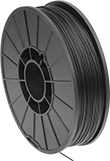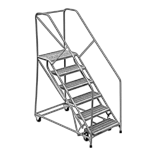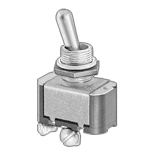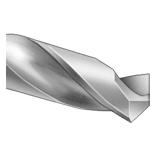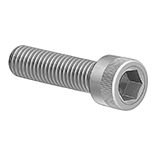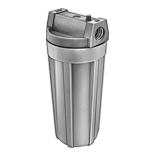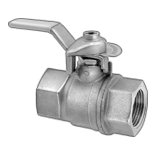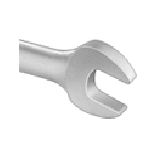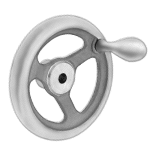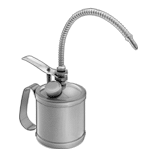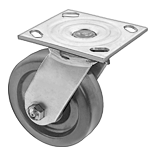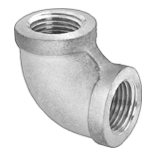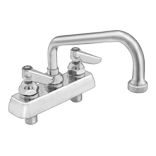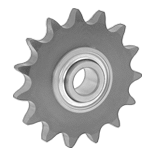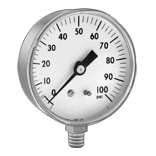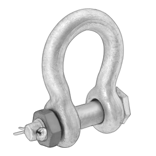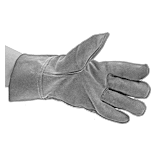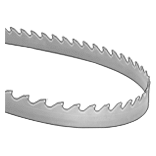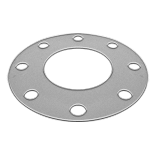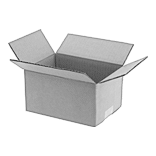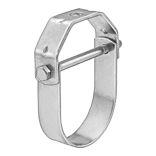Stretchy, soft, and sturdy, these filaments make durable parts that resist wear and breakage despite repeated use. Stronger than ABS and PLA filaments, they create long-lasting, wear-resistant parts, such as seals, sleeves, and gaskets, as well as components that take on high-impact forces, such as springs and snap-fit parts.
These filaments don't require a heated printer bed, and they won't shrink or warp when cooling. Use them with a fused filament fabrication (FFF) 3D printer. In general, these flexible filaments require a slow feed rate so they don't jam. Store them in a sealed container with a desiccant, or use a dehumidifying cabinet, since ambient humidity will cause the plastic to degrade and weaken.
With nylon as an additive, PCTPE filaments are not only flexible, they're wear resistant and inherently slippery, so they're good for components that move and rub against other objects. They're also UL rated 94 HB and 94 V-2 for their ability to prevent the spread of flames both horizontally and vertically.
Tensile strength is the best measure of a filament's overall strength. Similar to the stress applied on a rope during a game of tug-of-war, it's the amount of pulling force a material can handle before breaking. A higher rating means a stronger filament. A tensile strength of 5,000 psi and above is considered good; 12,000 psi and above is excellent.
Maximum exposure temperature is the point at which a printed part will begin to deform. Above this temperature, your printed parts will start to lose structural integrity.

